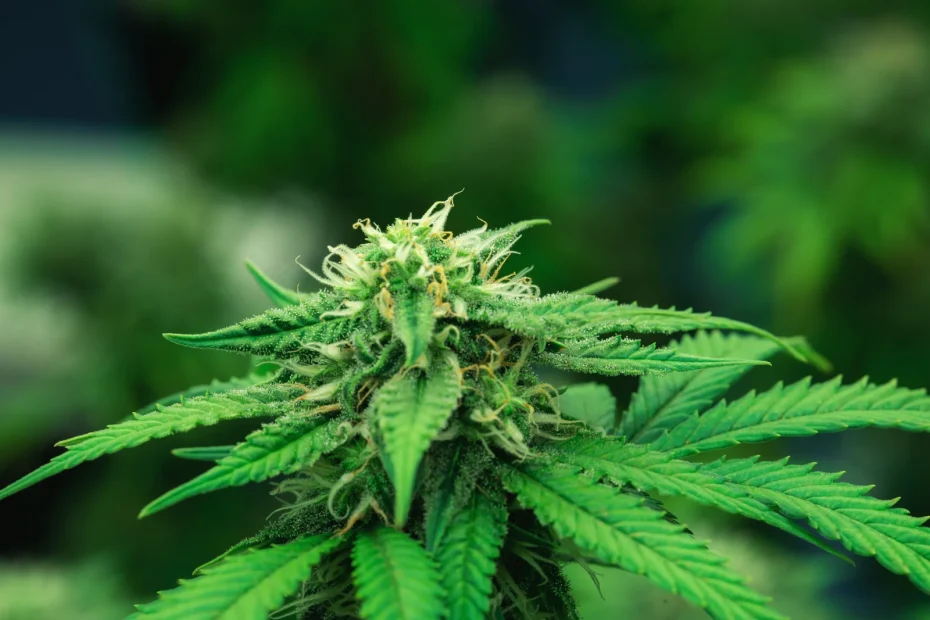For centuries, human societies have sought remedies in nature, turning to plants for healing and relief. One such plant, marijuana, has recently received renewed attention for a historically contested role: pain relief. As we open nature’s apothecary, the use of marijuana for pain relief has gained acceptance from skeptics and enthusiasts alike, all eager to explore its potential.
A Historical Perspective
The use of cannabis in medicinal contexts is far from new. Archaeological evidence points to cannabis as a therapeutic agent over 5,000 years ago. Ancient Chinese texts described its use to treat rheumatic pain and across the globe, different cultures have embraced cannabis as a vital part of their materia medica. Despite its historical use, the 20th century saw cannabis fall from grace, largely due to legal restrictions and societal perceptions. Today, however, the winds are changing and there is a revitalization of this plant in modern medicine, particularly for its analgesic properties.

Scientific Evidence and Research
As modern science delves deeper into the capabilities of marijuana, the evidence supporting its efficacy in chronic pain management grows. Studies suggest that therapeutic cannabinoids, key compounds found in marijuana, interact with the body’s endocannabinoid system, playing a crucial role in modulating pain. The pioneering work around cannabinoids as plant-based pain control highlights its potential in managing conditions like arthritis, migraines, and neuropathic pain.
Unveiling Research Findings
Current research is replete with promising results. A 2016 study published in the journal Clinical Psychology Review suggests that cannabis exhibits analgesic effects capable of managing chronic pain. Furthermore, engaging with genetic research and cultivation techniques can maximize these effects. For more on optimizing the potency of cultivated marijuana, consult this resource.
Legal, Ethical, and Societal Aspects
The evolving landscape of marijuana legalization plays a significant role in its accessibility and perception. While the legal status of marijuana varies worldwide, an increasing number of countries and states have recognized its medical value, allowing patients to experience its benefits without the previous stigmas attached. Ethical considerations often revolve around ensuring equitable access and avoiding potential misuse. Societal acceptance continues to grow, fueled by testimonials and the persuasive influence of scientific advancements.
Consumption Methods and Effectiveness
The efficacy of marijuana for pain relief often depends on how it is consumed. Common methods include:
- Smoking or Vaporizing: Provides rapid relief for acute pain but may not be suitable for everyone due to respiratory concerns.
- Edibles: Offer prolonged effects, beneficial for chronic pain. However, dosage control can be challenging.
- Tinctures and Oils: Allow for precise dosing and can be used sublingually for faster absorption.
- Topicals: Used for localized pain relief without psychoactive effects.
Each method comes with its own set of benefits and challenges, making it vital for users to consider their unique needs and consult healthcare professionals when integrating cannabis into their pain management routine.
Personal Anecdotes and Testimonials
The human stories behind marijuana’s resurgence in pain relief are as compelling as the scientific data. Many individuals report transformative experiences, citing improved quality of life and reduced reliance on pharmaceuticals. These narratives not only humanize the topic but bolster the growing body of evidence supporting cannabis as a viable cannabis analgesic.
Benefits and Risks
Understanding the dichotomy of benefits and risks is essential. Benefits of marijuana for pain relief include reduced inflammation, the decreased need for opioids and minimal withdrawal effects. However, potential risks can involve dependency, cognitive impairment and interactions with other medications. Responsible consumption, informed by medical guidance, is key to harnessing its full potential safely.
How effective is marijuana for pain relief?
Marijuana’s effectiveness for pain relief can vary significantly among individuals, but studies and anecdotal evidence suggest it can be a potent analgesic for various types of pain. Medical marijuana is often reported to be effective for chronic pain conditions such as neuropathic pain and fibromyalgia, conditions that are typically resistant to conventional pain medications. Its key components, cannabinoids like THC and CBD, interact with the body’s neurological system to reduce pain perception and provide relief.
Clinical trials have shown that marijuana can be particularly beneficial in cases where traditional pain management has failed or presents significant side effects. For example, a study published in the Journal of Pain found that marijuana use among patients with refractory chronic pain led to noticeable improvements in pain levels and sleep quality. By reducing inflammation and altering pain pathways in the nervous system, marijuana provides an alternative that may improve quality of life for those suffering from persistent pain.
What are the risks and benefits of using marijuana for pain relief?
The benefits of using marijuana for pain relief include its ability to target pain pathways directly while minimizing some of the dependency risks associated with opioids. For many, marijuana offers an avenue to alleviate pain without the risk of severe side effects or addiction that come with long-term opioid use. Additionally, marijuana is noted for its anti-inflammatory properties, which can be beneficial for conditions like arthritis.
However, there are risks associated with marijuana use as well. These can include cognitive impairments, particularly in areas like memory and attention, which can affect daily functioning. Long-term use might lead to psychological dependency and there can be adverse interactions with other medications. It’s also worth considering societal and legal implications, as marijuana remains illegal in many jurisdictions. As with any treatment, the decision to use marijuana should involve a careful assessment of the potential risks and benefits, ideally in consultation with a healthcare professional.

How does marijuana act as a pain reliever in the body?
Marijuana’s pain-relieving properties are primarily attributed to its interaction with the endocannabinoid system (ECS), a complex cell-signaling system discovered in the early 1990s. The ECS plays a role in regulating a range of functions and processes, including pain, mood and sleep. Cannabinoids, such as THC and CBD, interact with the cannabinoid receptors found throughout the body, particularly those in the central and peripheral nervous systems, which mediate the sensation of pain.
THC, the psychoactive component of marijuana, can mimic the actions of naturally occurring endocannabinoids, binding to cannabinoid receptors to reduce pain perception. CBD, on the other hand, does not directly bind to these receptors but influences them indirectly, modulating their efficacy and reducing inflammation. Together, these cannabinoids help change the brain’s pain signaling pathways, offering relief and potentially altering the body’s pain threshold.
Is marijuana a safe alternative to traditional pain relief medication?
Marijuana can be a safe alternative to traditional pain relief medications for some patients, particularly those who have not responded well to conventional treatments or who wish to avoid the side effects associated with long-term use of pharmaceuticals like opioids. Its use may lead to positive outcomes in managing chronic pain, with many patients finding significant relief where other treatments have failed.
Nevertheless, safety concerns remain, particularly regarding the potential for psychological dependency and other side effects such as altered cognitive function. It is crucial to remember that individual responses to marijuana can vary, and not all patients will tolerate it well. Thus, marijuana should be considered as part of a holistic pain management strategy, ideally tailored by healthcare professionals who can take into account the full spectrum of patient needs, medical history, and potential drug interactions.
In conclusion, the journey of marijuana from a historical remedy to a cornerstone in modern pain management reflects broader changes in societal attitudes and medical practices. As our understanding evolves, the role of marijuana for pain relief continues to unfold, inviting us to reflect on nature’s enduring capability to heal and relieve.
Streamline Cannabis CultivationAbout GrowerIQ
GrowerIQ is changing the way producers use software - transforming a regulatory requirement into a robust platform to learn, analyze, and improve performance.
To find out more about GrowerIQ and how we can help, fill out the form to the right, start a chat, or contact us.

